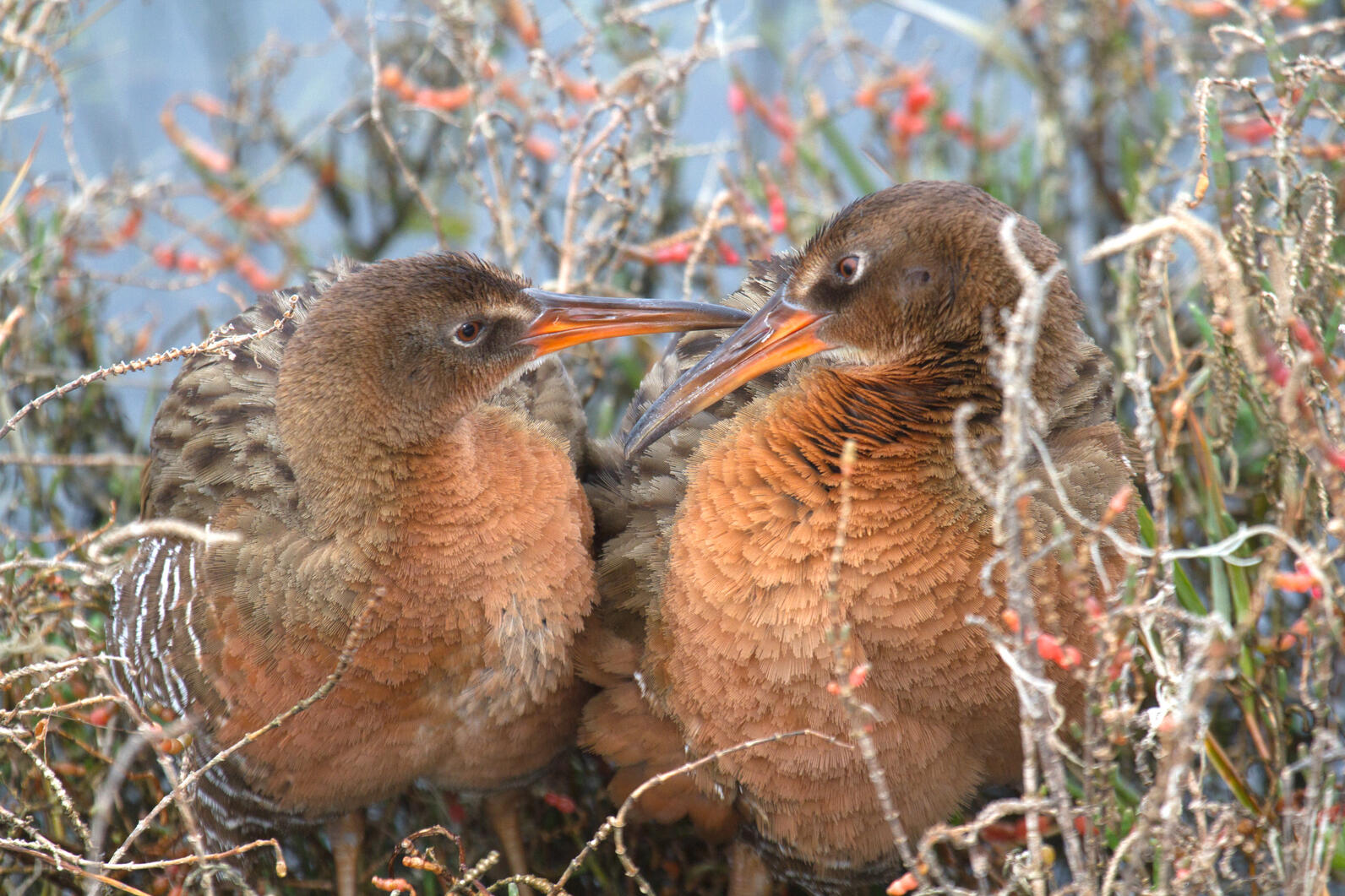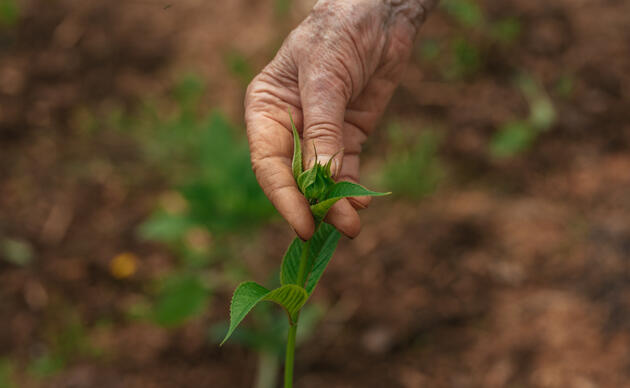
October 2020 marks the beginning of Phase 2 of the Sonoma Creek Enhancement Project at San Pablo Bay National Wildlife Refuge. The core of this multiyear project involves constructing a network of tidal channels within the marsh to drastically improve tidal exchange and nutrient cycling and provide habitat to a myriad of marsh-dependent wildlife species; one of which is the federally endangered Ridgway’s Rail. Some may know this bird by another name, the Clapper Rail, as they were thought to be the same species until 2014. Unlike the Atlantic coast dwelling Clapper Rail, the Ridgway’s rail can be found in the dense vegetation of freshwater marshes, saltwater marshes, and mangrove swamps in California, Nevada, Arizona, and Mexico.
Catching a glimpse of this bird may be difficult due to their cryptic nature, somewhat inaccessible habitat, and declining population due to habitat loss. However, a determined, and lucky, birder is in for a treat if they spot this handsome bird stalking trough the marsh. This large rail can be identified by its short tail, gray-brown stocky body with dark, heavy streaking and pale barring along the flanks. Rich cinnamon highlights its chest and neck and a slightly curved, two-toned bill is used to catch everything and anything available in its environment from crabs, crayfish, and shrimp to slugs, eggs, and seeds. Males of this species will build tall, bulky platform nests as protection from tidal flooding. Females will lay 3-14 eggs which will hatch into downy, black young after about 25 days of incubation. Although parents will brood chicks until they are around one week old, young are able to leave the nest within one day of hatching! To learn more about San Pablo Bay and to plan your next birding trip, visit the San Pablo Bay National Wildlife Refuge webpage.
Fun Fact! Ridgway rails have special salt glands that enable them to drink seawater!





